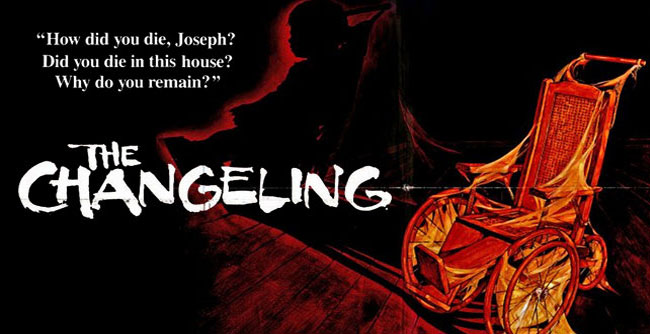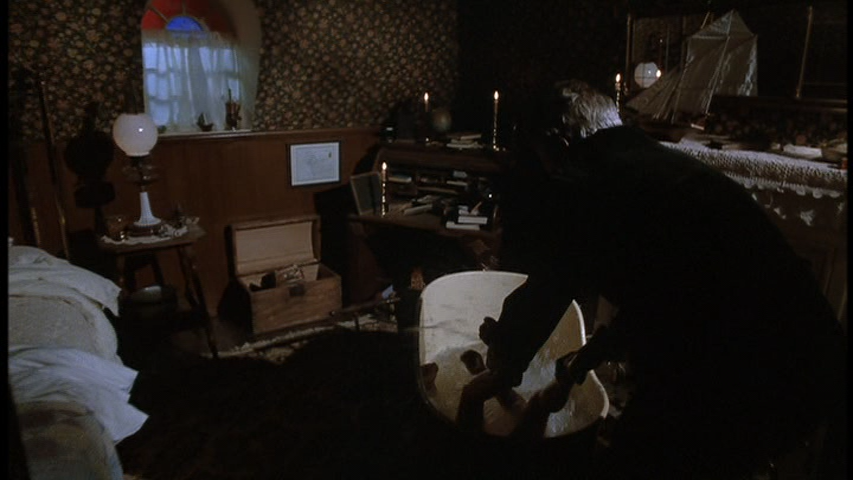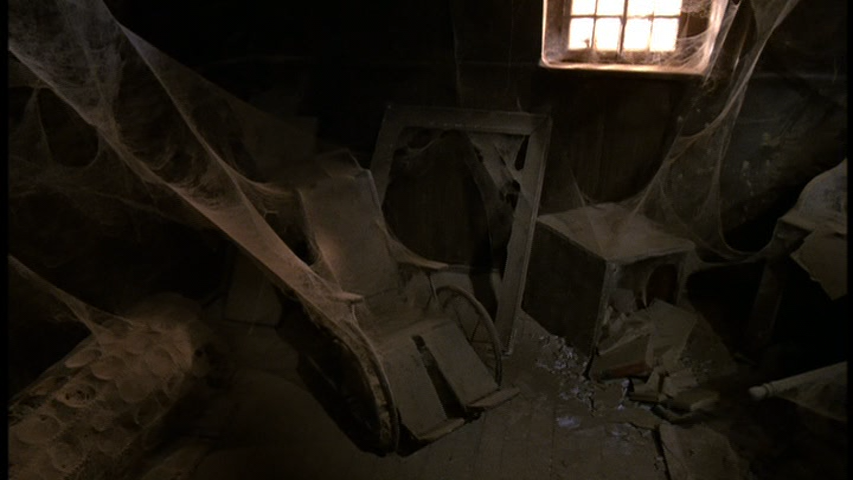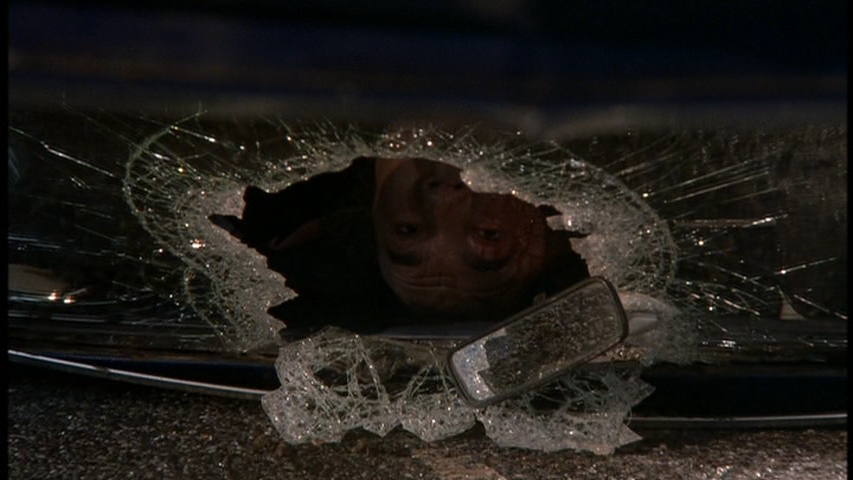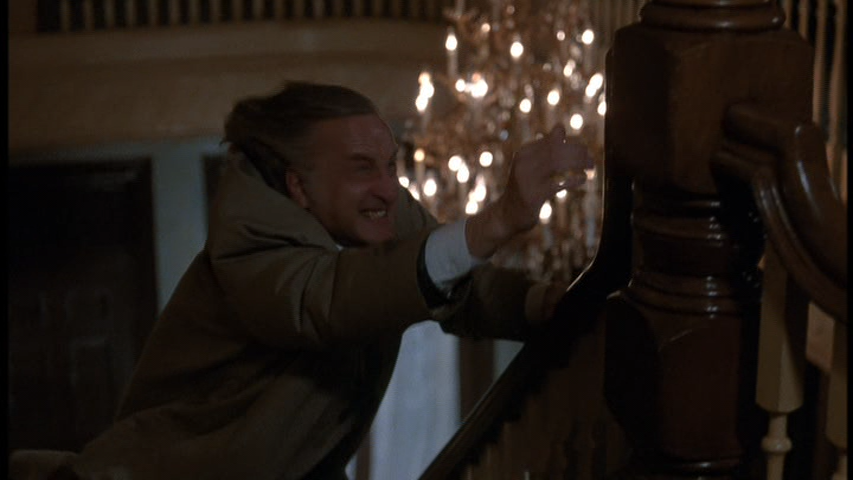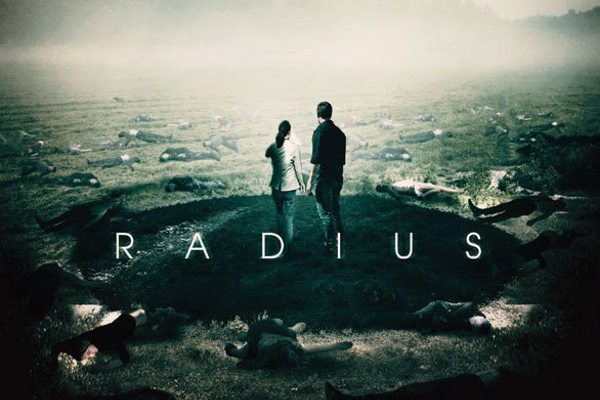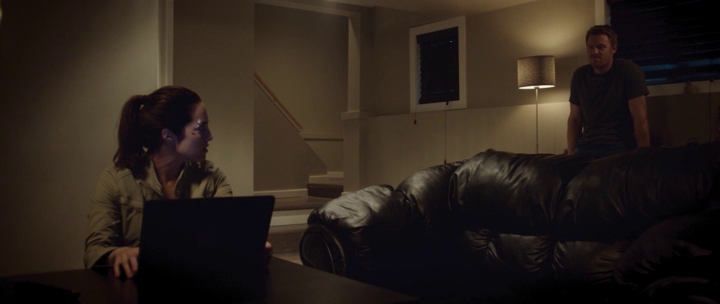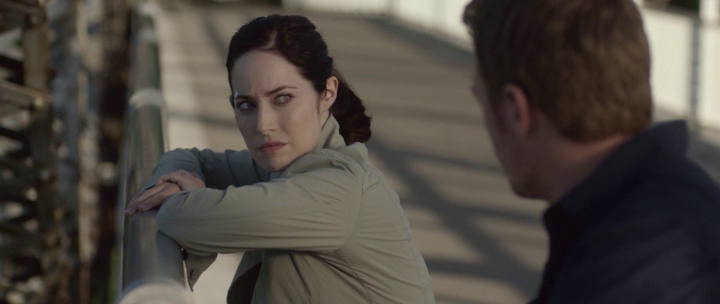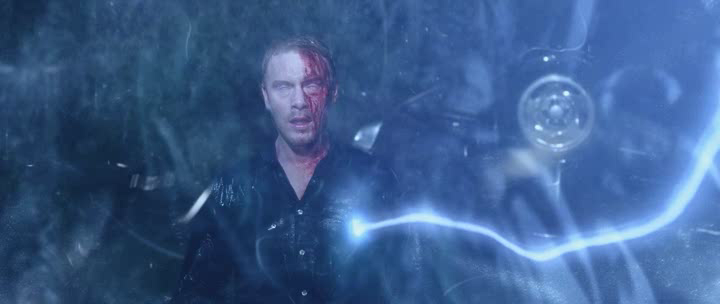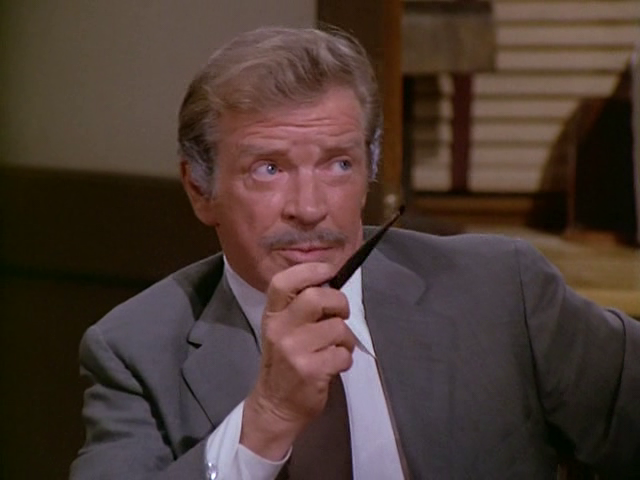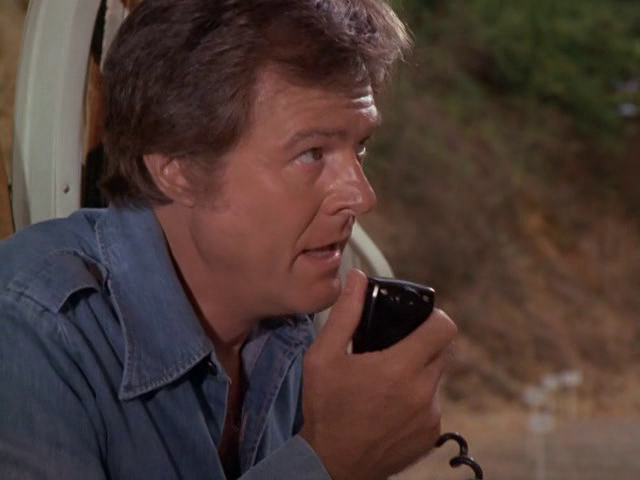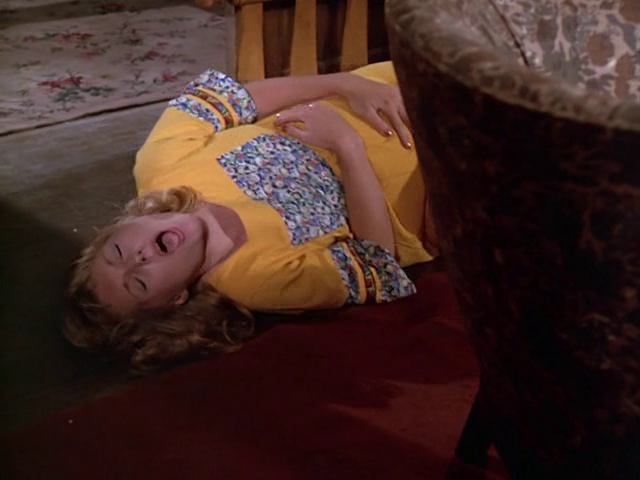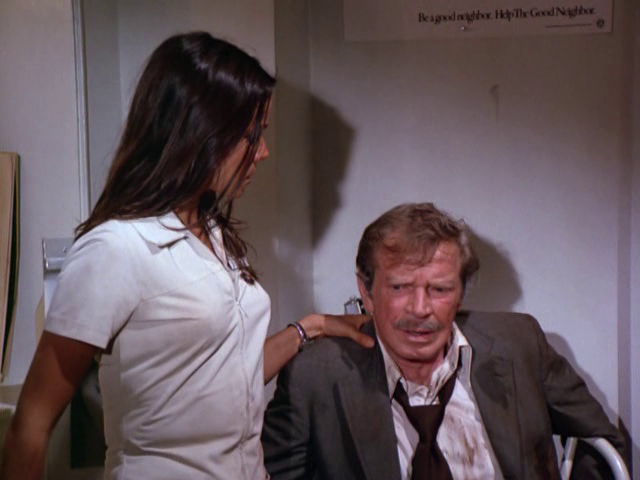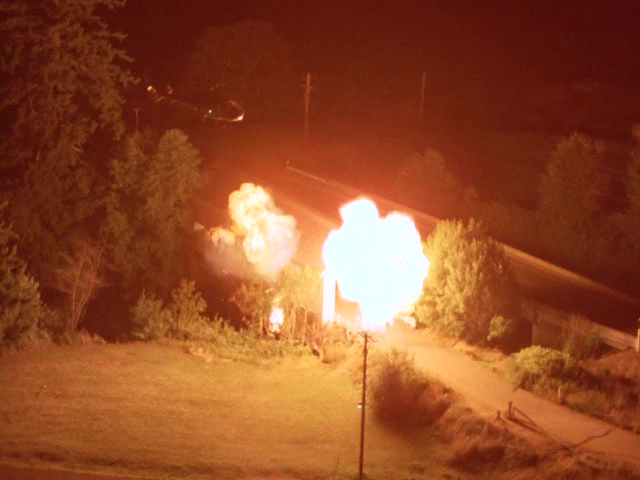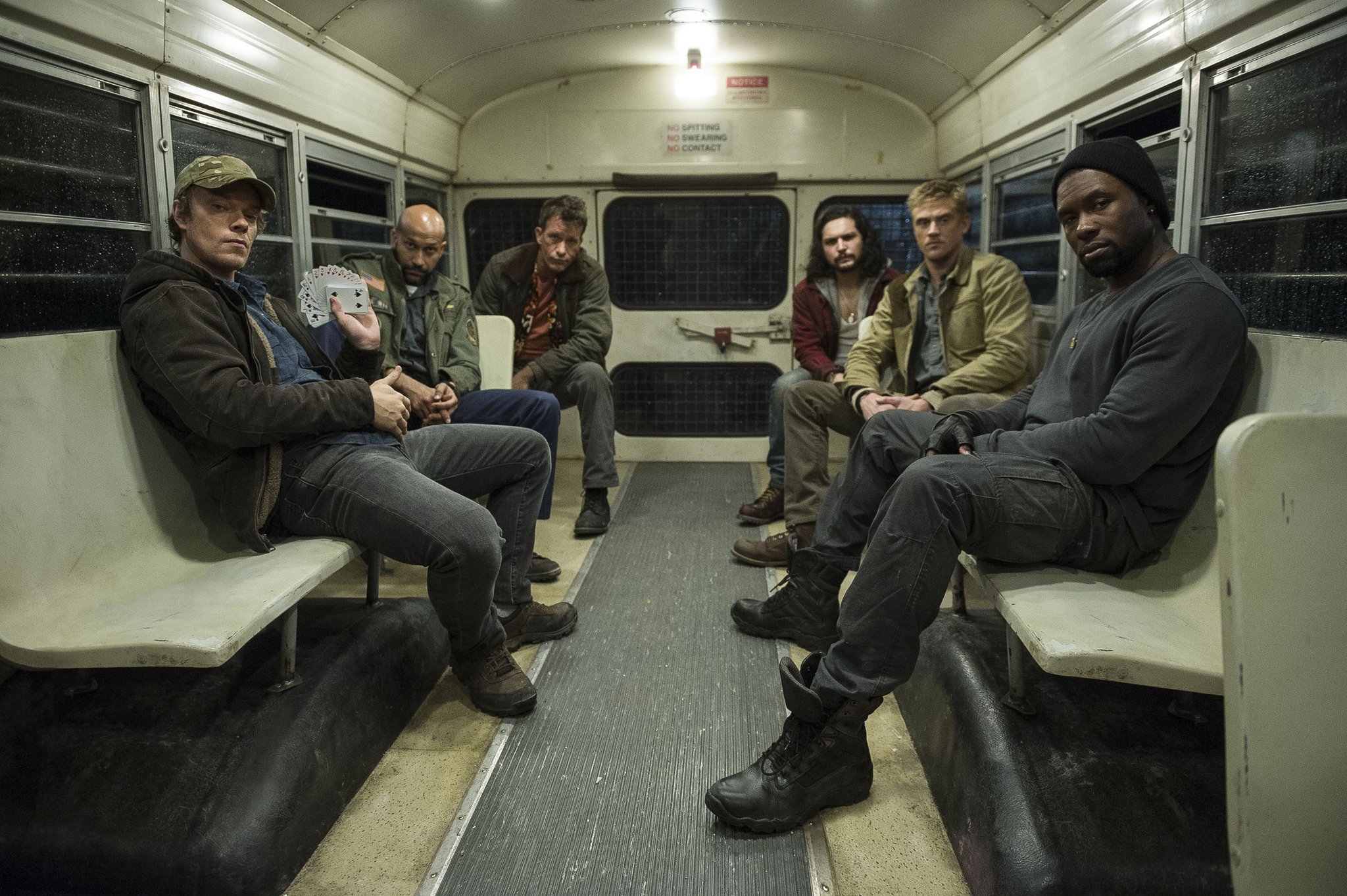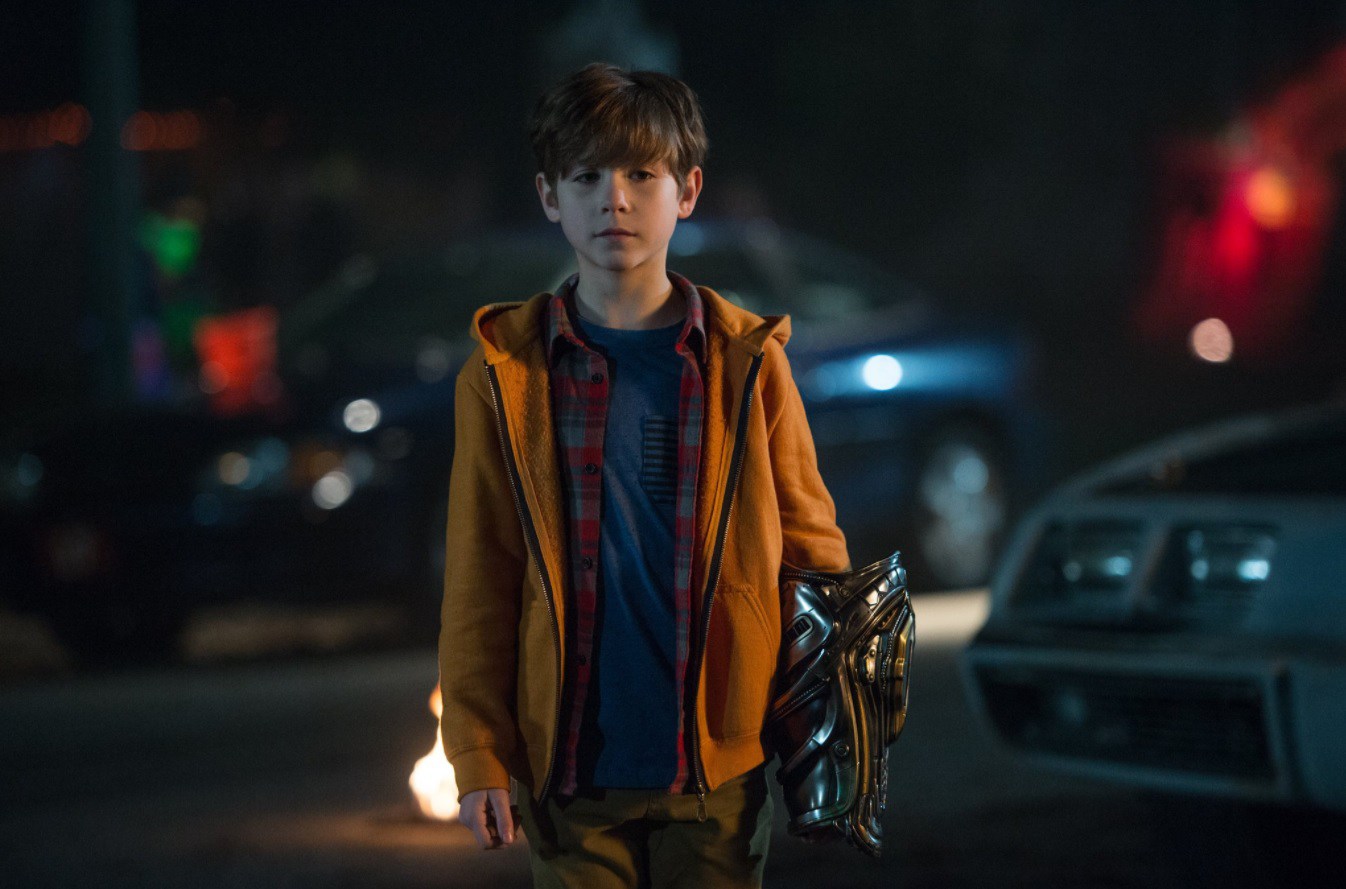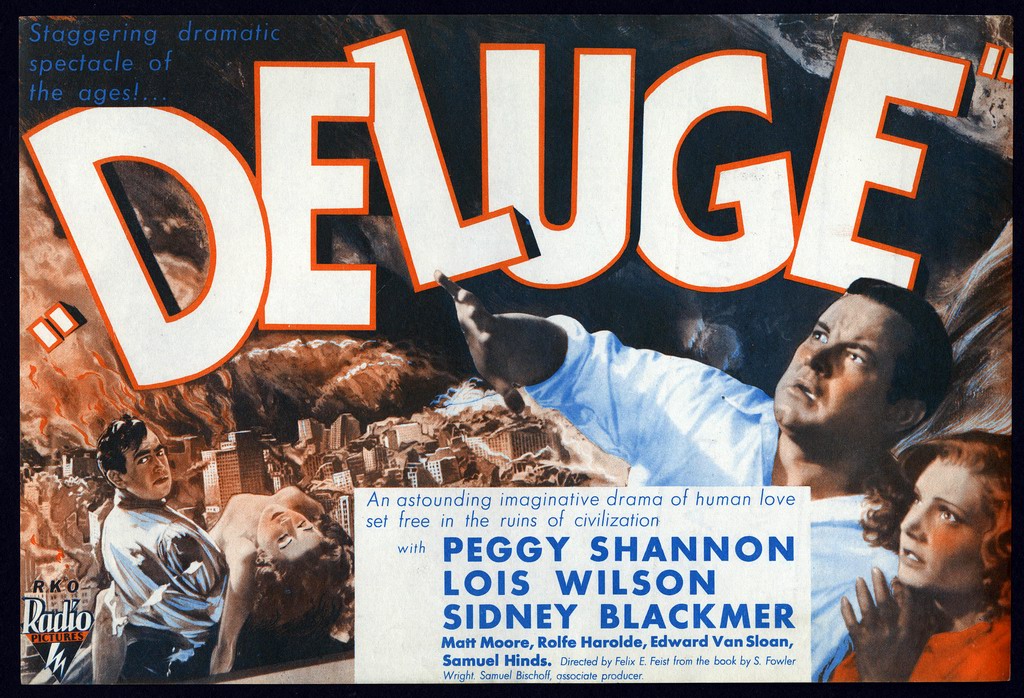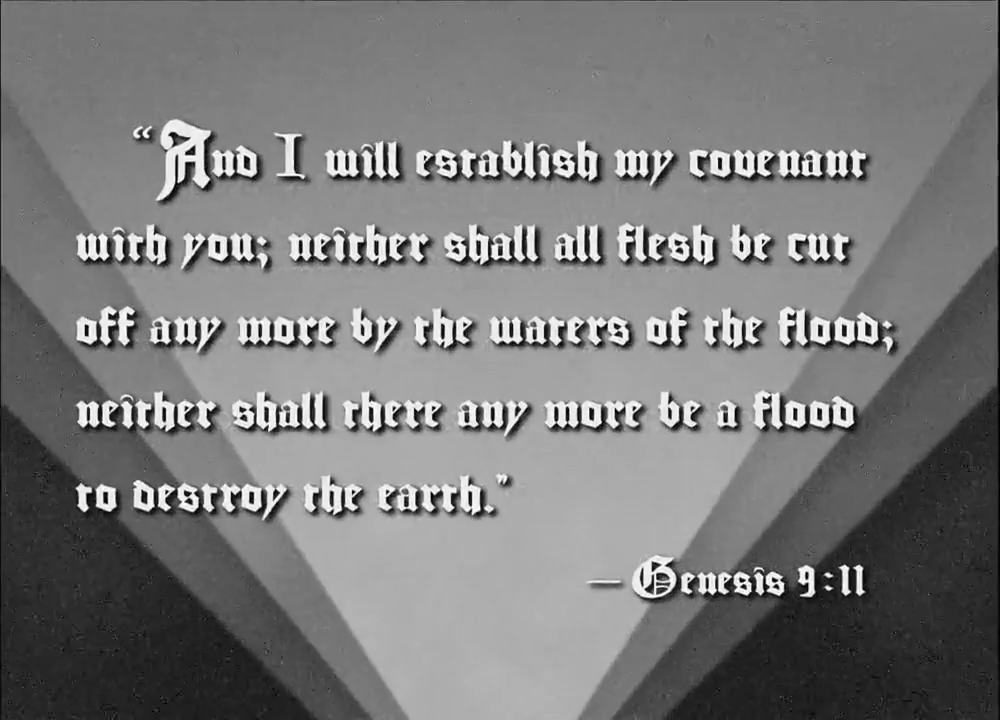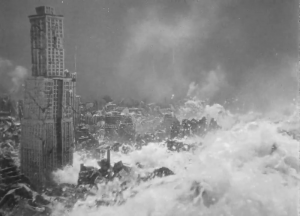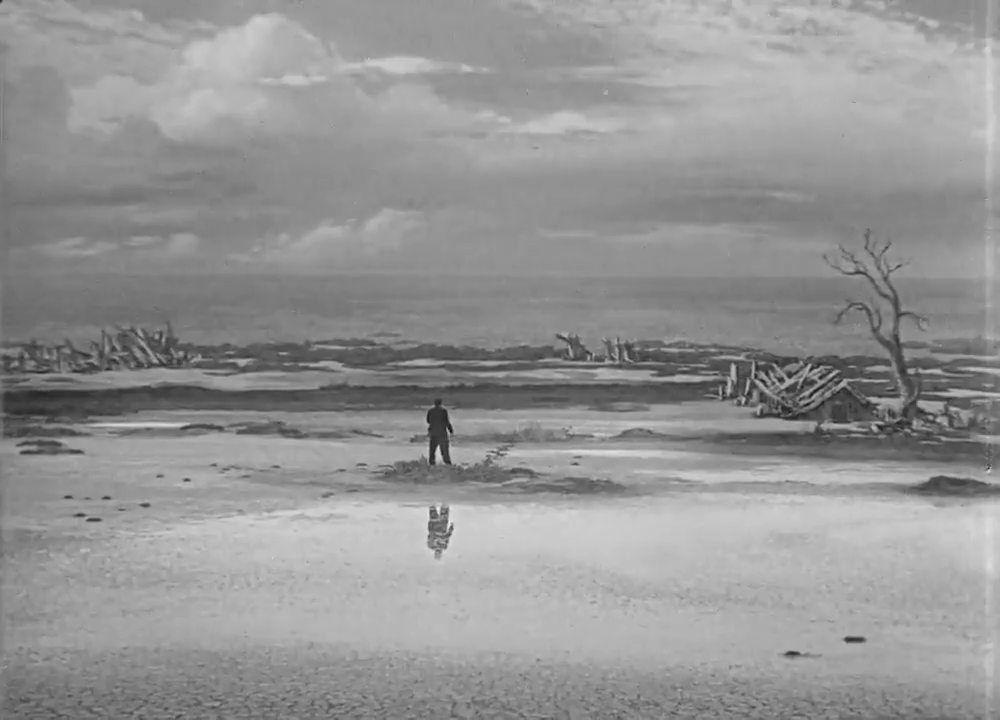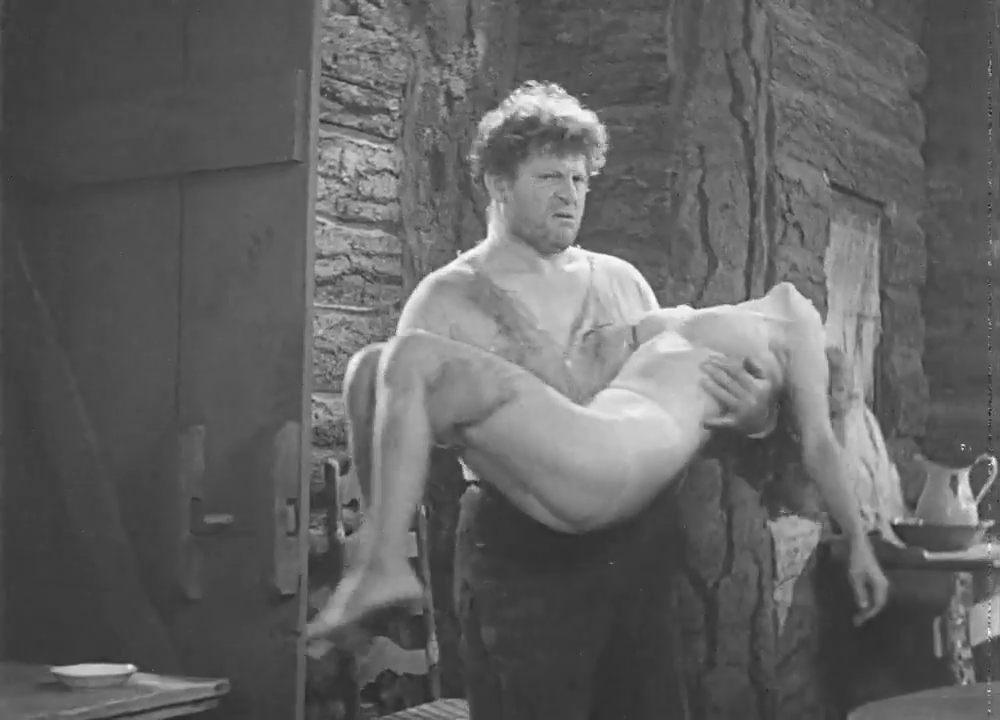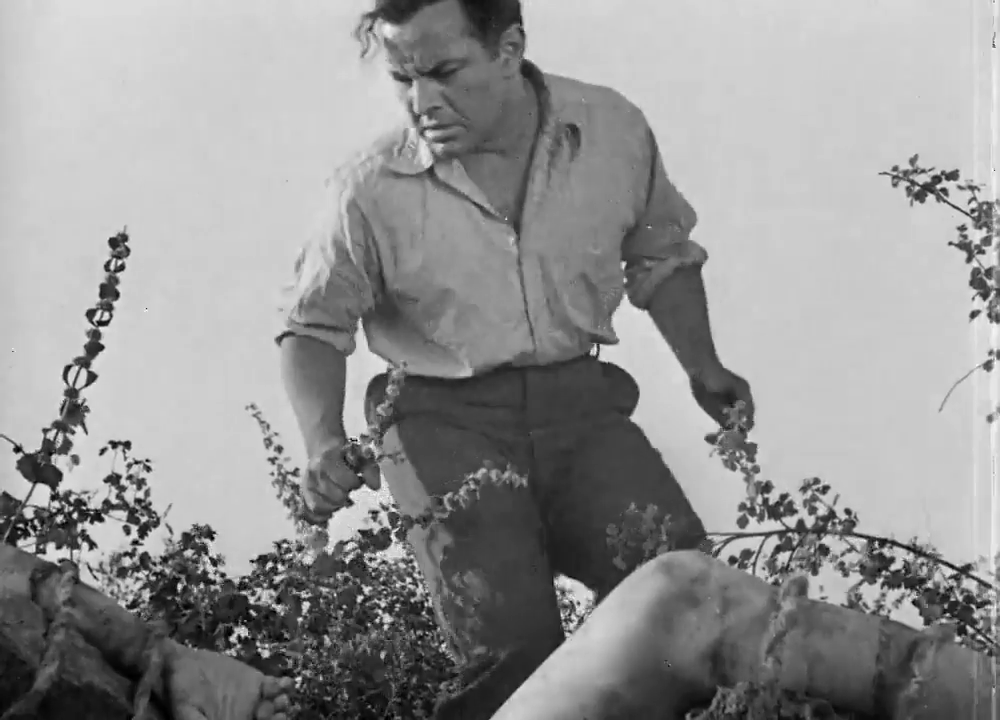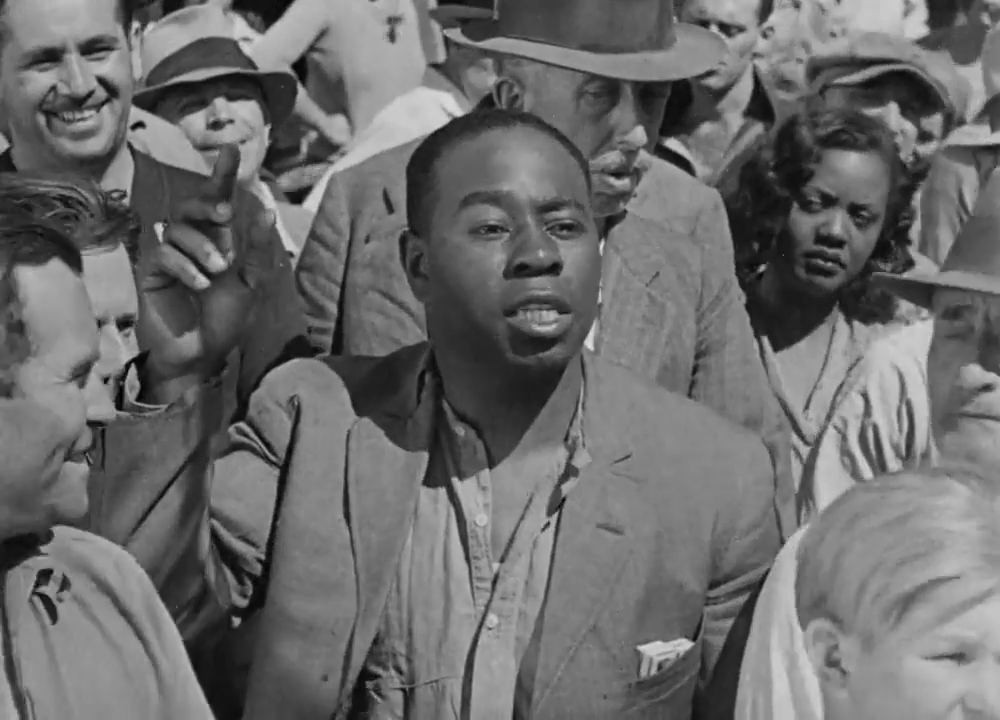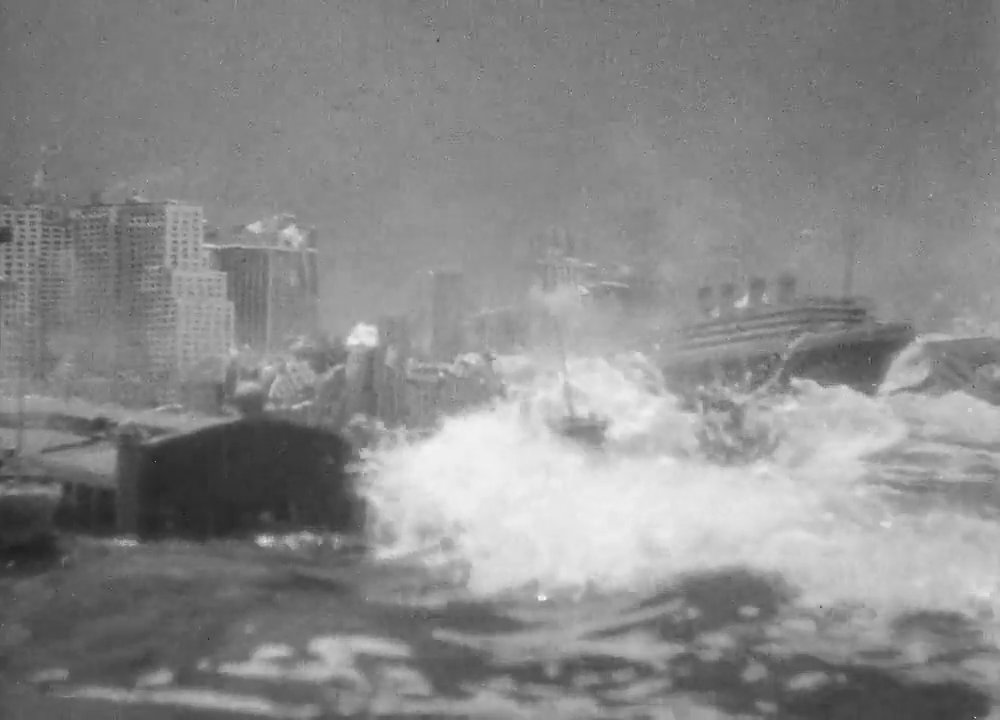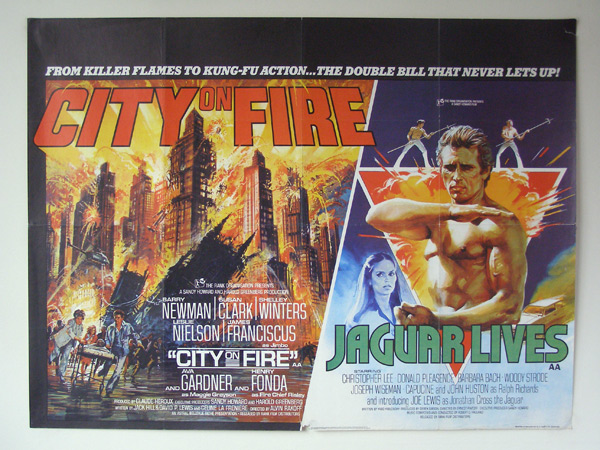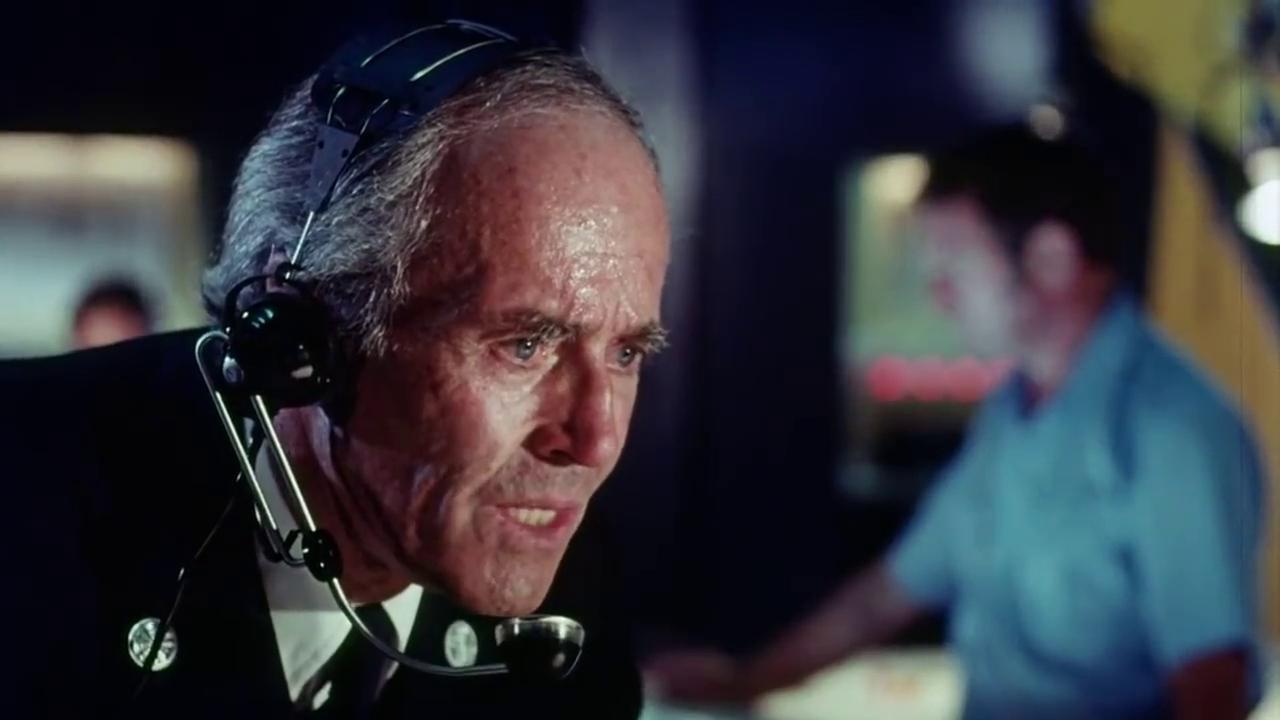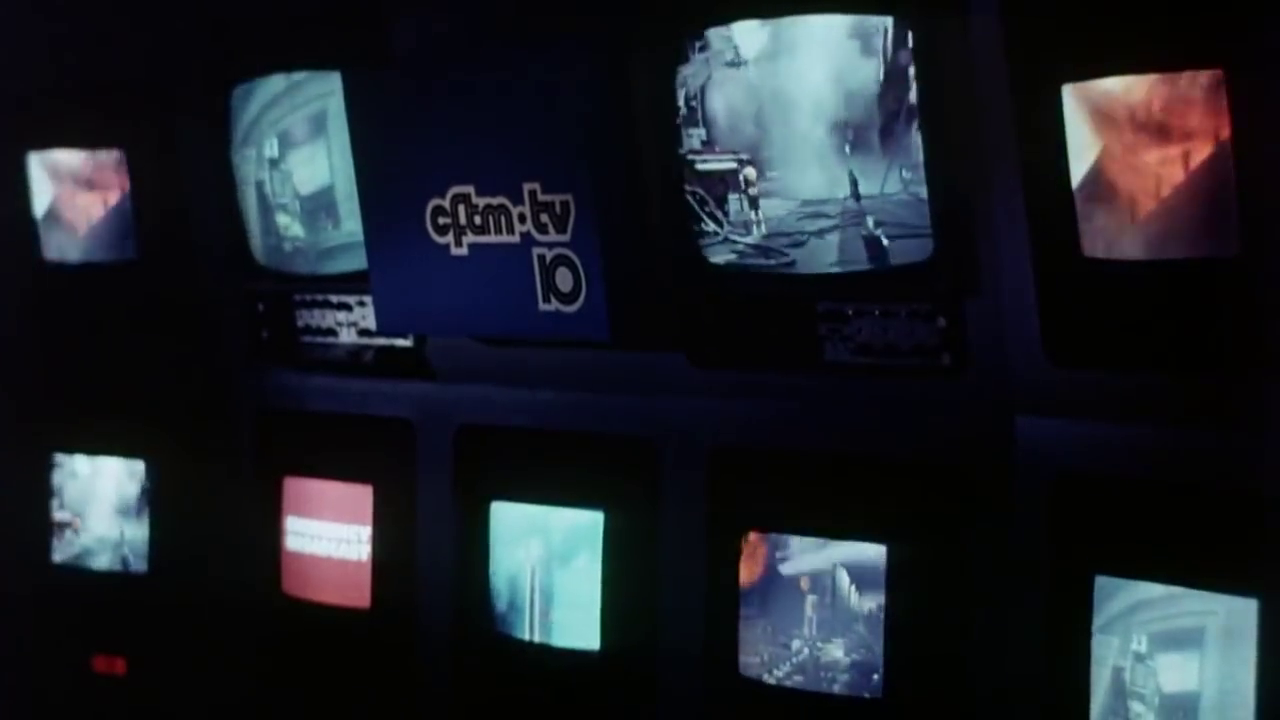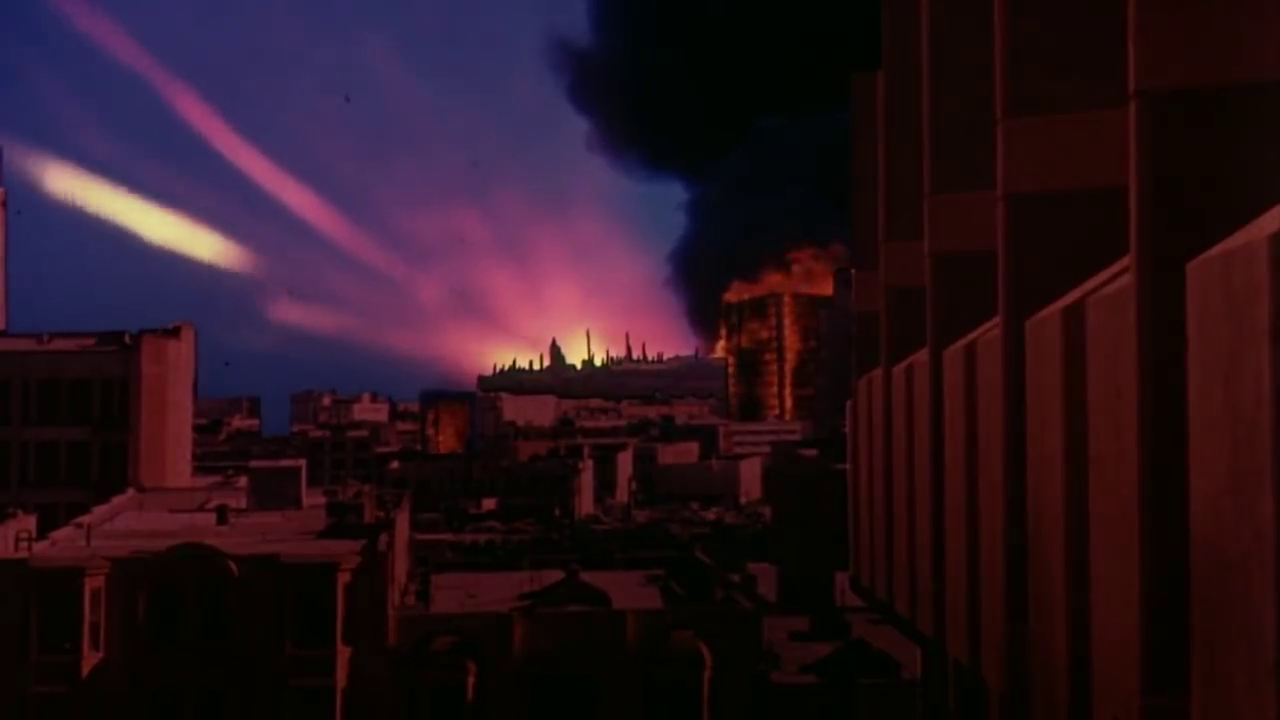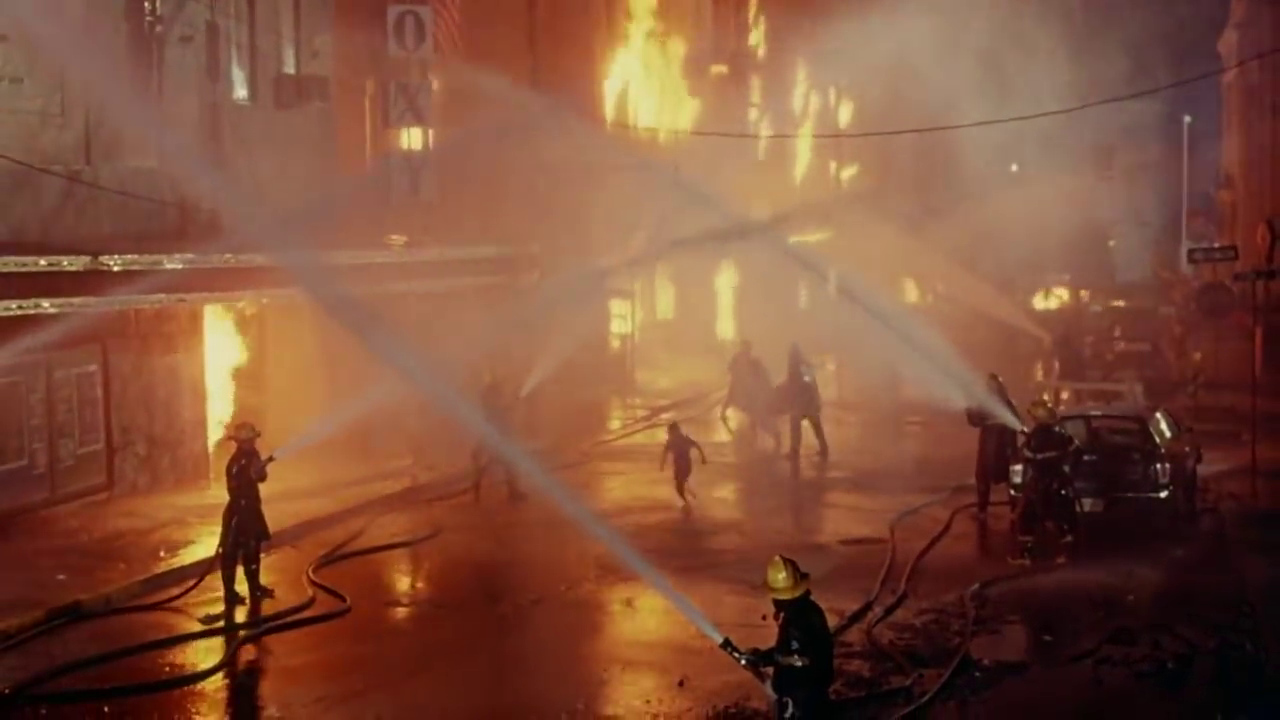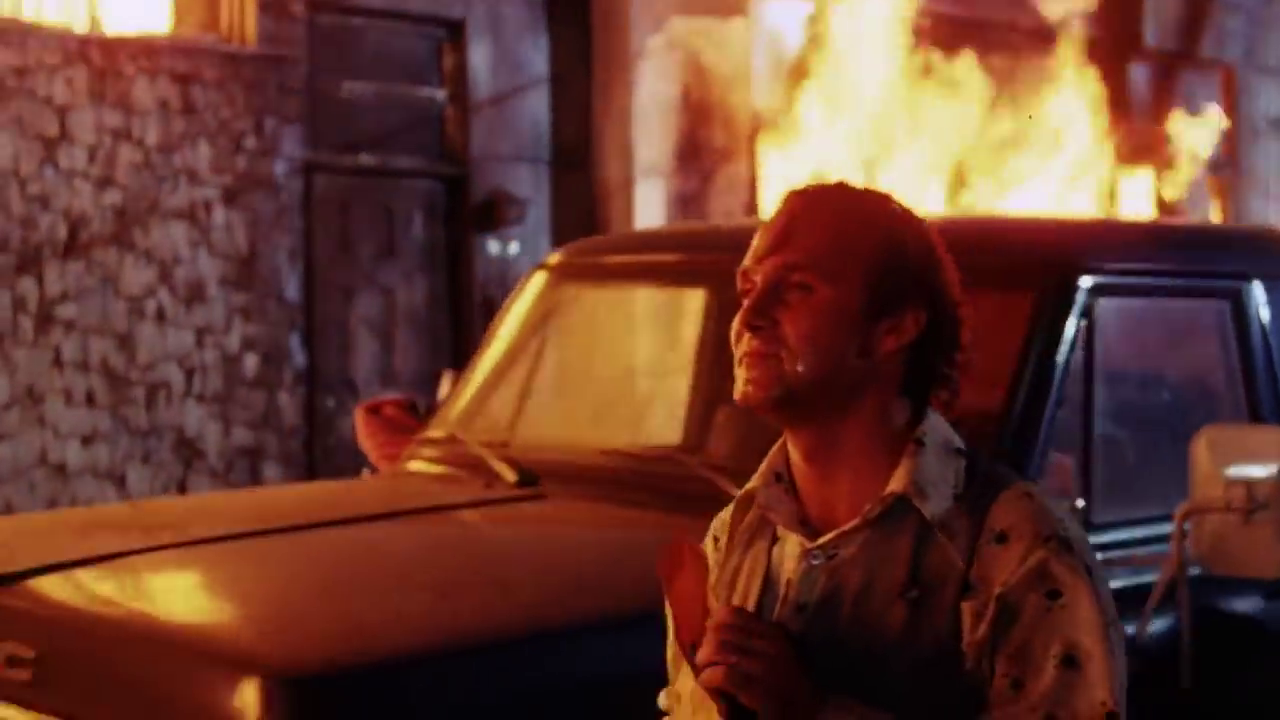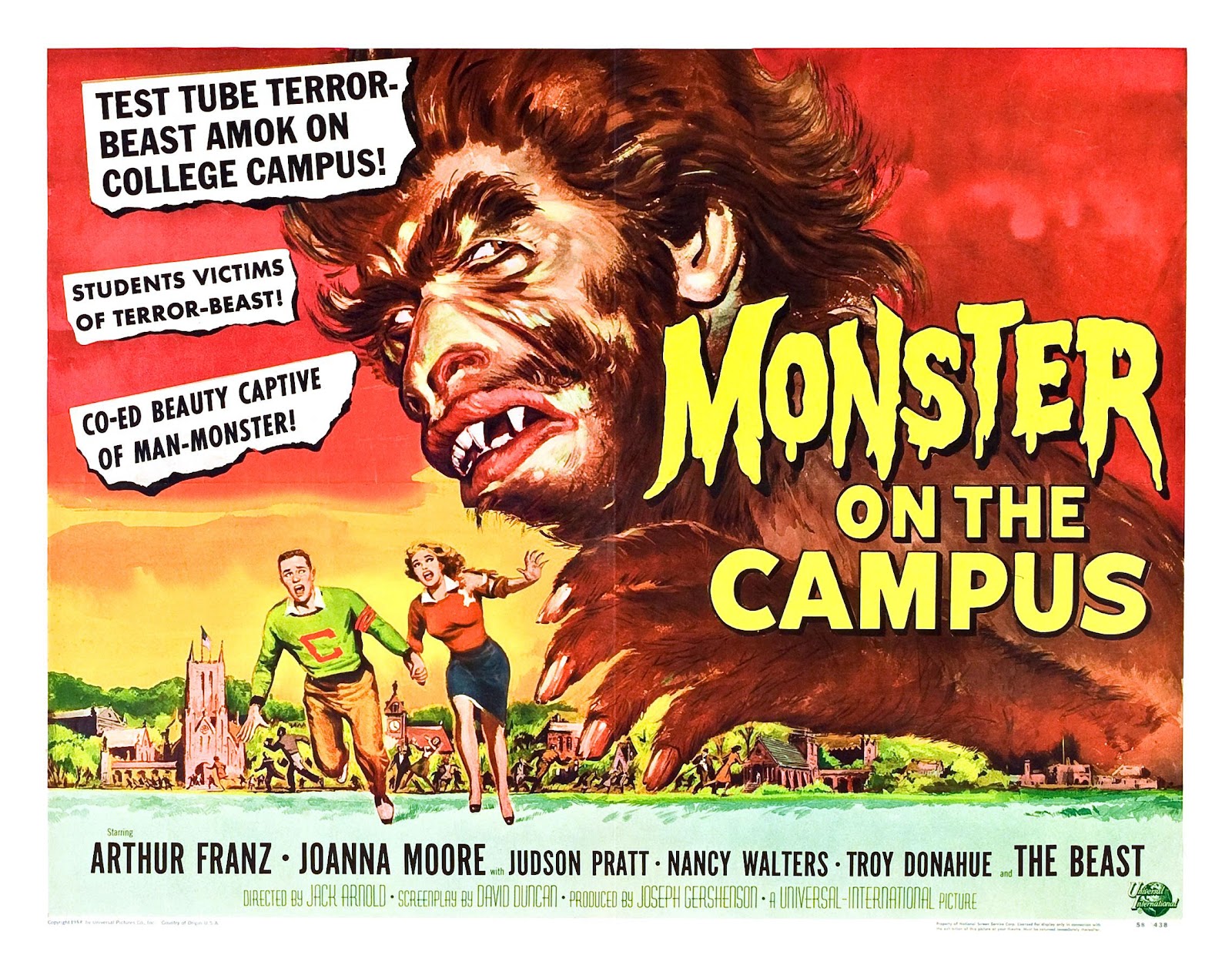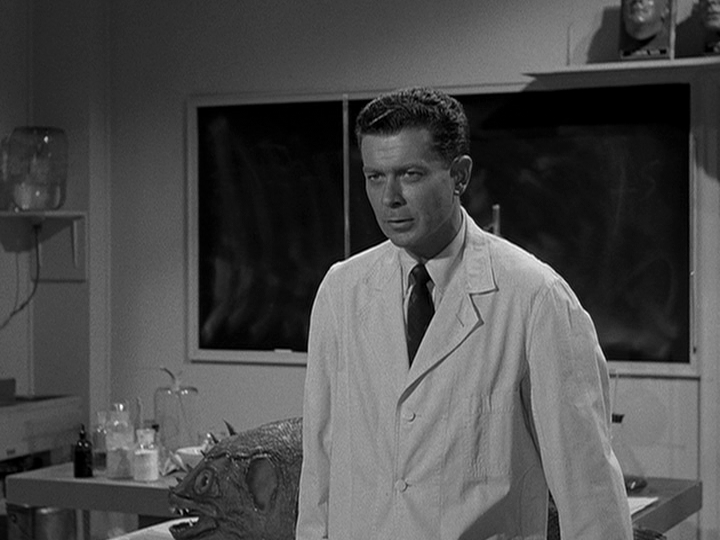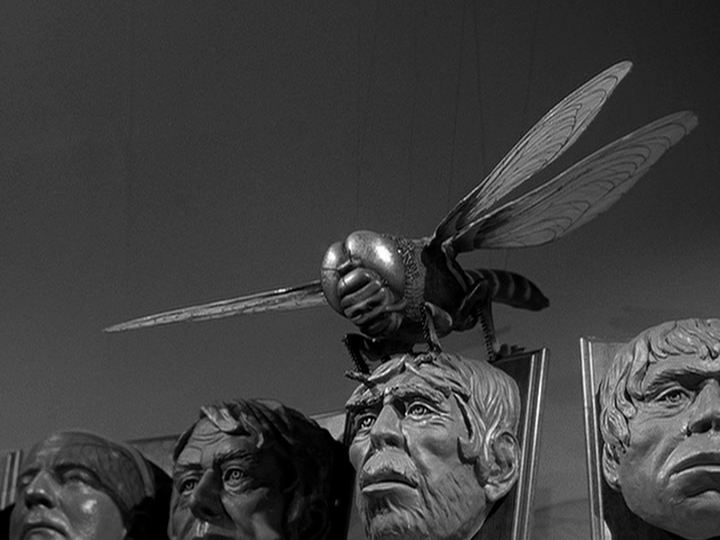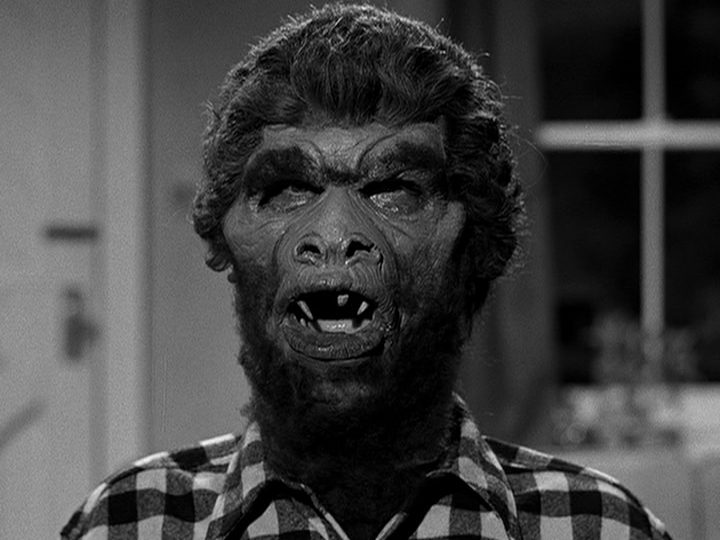The film’s protagonist is John Russell (George C. Scott), a composer who after losing both his wife and daughter in a tragic roadside automobile accident decides to rent a massive secluded mansion, where he can compose and grieve in peace. That the place is a massive sprawling gothic mansion does seem a little odd – just how much space does one need to grieve – but the sets designed by Trevor Williams are fantastic, and they, along with the haunting music of Rick Wilkins and cinematography of John Coquillon, all create one of the best haunted houses in movie history.
I certainly couldn’t see myself staying in this place all alone.
The one major hurdle filmmakers of haunted house movies all have to overcome is the question every audience member is going to eventually ask, and that is, when the occupants of said haunted house start to encounter supernatural activity, “Why in the hell are they still hanging around?” When walls start to bleed, and demonic eyes peer in from outside the window, as they did in The Amityville Horror, I pretty much lose sympathy with the family for not just getting the fuck out. Now, in the case of The Changeling, when Russell first notices creepy goings on – doors opening on their own, loud rhythmic banging, and ghostly whispering – it’s possible that he thinks the ghost could be that of his recently deceased little girl, and his bereavement could easily make him wish that to be the case, despite the events not seeming to hold up well to that theory. It’s on one night when he follows the sound of water running, and sees the apparition of a drowned boy in a bathtub, that he finally concludes that this haunting has nothing to do with his daughter.Unless his daughter was a boy and drowned in a tub.
Russell then wholeheartedly dives into the mystery of the house, with the help of Claire Norman (Trish Van Devere), who works for the historical preservation society that rented him the house, and the two of them start digging through old newspapers and archives to find out about previous owners. At first, they believe the ghost to be that of a girl killed by a coal cart in 1909, but after a séance – using automatic writing or psychography – they learn that a crippled boy named Joseph Carmichael was murdered in that house by his father. This leads our two heroes to cross paths with powerful Senator Joseph Carmichael (Melvyn Douglas), and this is where things get very complicated very quickly, as the horror behind the mysterious ghost is finally revealed. It’s this element that puts The Changeling into one of my favorite kinds of ghost stories, the murder mystery one, and with no Scooby gang to aid our heroes, it’s up to Russell and Claire to confront the living and the dead.Who was kept in this hidden attic room?
One of the most outstanding things about The Changeling is how truly terrifying it can be without relying on loud musical stings or cheap jump scares — the very atmosphere of the house builds on an almost primeval dread, with us as the viewers practically screaming at the people on screen to get the fuck out of that house. And if you were to ask anyone who has seen The Changeling what scene freaked them out the most, it wouldn’t be the creepy séance, or even the ending where Claire is chased by the little wheelchair, it would be the moment when the rubber ball, that belonged to Russell’s dead daughter, came bouncing down the stairs. Just typing these words has given me goose pimples.The Changeling is simply a masterpiece of the genre, with many of its scariest moments blatantly lifted by later filmmakers, and though it didn’t manage to make a killing at the box office at the time of it’s release – mostly due to a poor distribution deal in the US – it has managed to remain on many top ten lists of Scariest Movies year after year. With today’s recent boom in horror movies – with the likes of The Conjuring and Ouija: The Origin of Evil raking in box office gold – it’s nice to able to look back at a film that managed to terrify audiences with simple practical effects and zero gore. In fact, the only blood in the film comes when a police detective (John Colicos) threatens Russell’s investigation into that long ago murder, and he is decidedly stopped for his efforts.
Do not screw around with this ghost.
The specter in The Changeling is certainly not of Casper the Friendly Ghost variety, and when things don’t seem to be going it’s way, the ghostly entity turns violent, even against those that were trying to help, but this all makes perfect sense when you consider that the angry spirit is that of a child, and thus prone to nasty temper tantrums. The only moment in the film that completely lost me was when Russell re-enters the house – after it had just tried to murder Claire – to apparently yell at the ghost for being a dick.There comes a point when you just have to cut your losses and get out.
Simply put, The Changeling is one of the scariest horror movies ever made, almost forty years later and the film is still terrifying audiences with its incessant dread and chills, with not an ounce of its age lessening its impact one bit. If you like creepy mansions, spooky séances, hidden rooms, murder mysteries and supernatural shenanigans, then The Changeling is the film for you.Note: The film is loosely based on the alleged haunting of Henry Treat Rogers' mansion in Cheesman Park, Denver, Colorado, while playwright Russell Hunter was living there during the 1960s.
